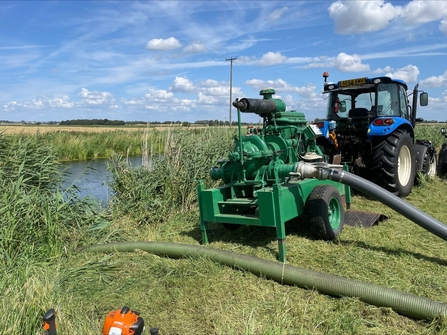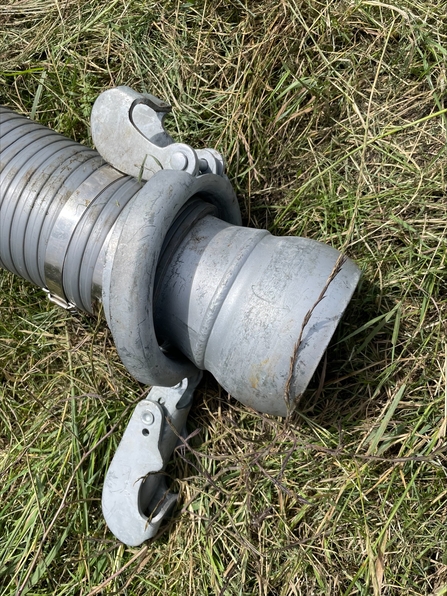As a reserves officer in Northamptonshire I work in a variety of different habitats; wetlands, ancient woodlands, limestone grasslands – some are rural reserves and others urban, but recently I had the opportunity to work on the Great Fen for a day, with Dave Metcalfe, Great Fen reserves officer, and Bertha (above).
Apart from the habitat, the expanse of the Great Fen is unlike anything that I usually work on: pretty much every unit of measurement is on a different scale – from the time frame of the Great Fen (100 years) to the sheer size of the place (100s if not 1000s of hectares). It’s a project that is converting/restoring what was once intensively farmed arable land, transitioning it back to grassland (to remove nutrients) and ultimately re-wetting the land to (re)create a wetland, emulating the native fenland, so reducing the carbon emissions released by the oxidisation of peat caused by current farming methods.


